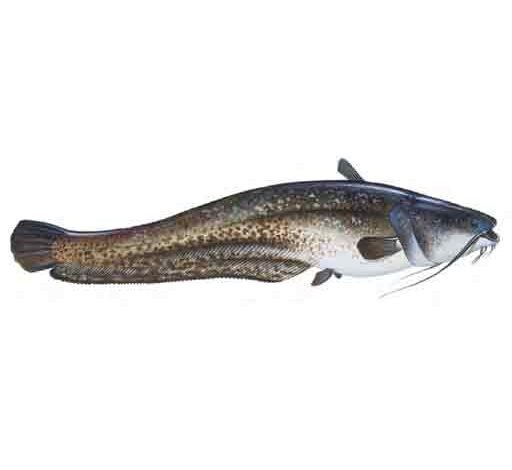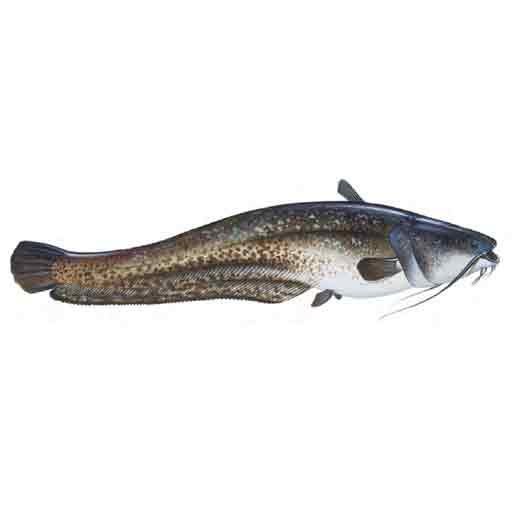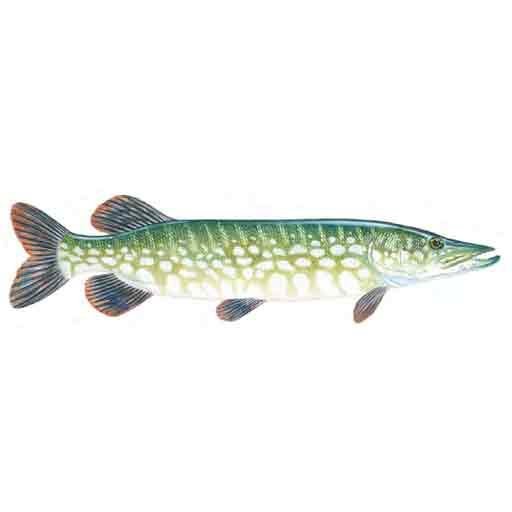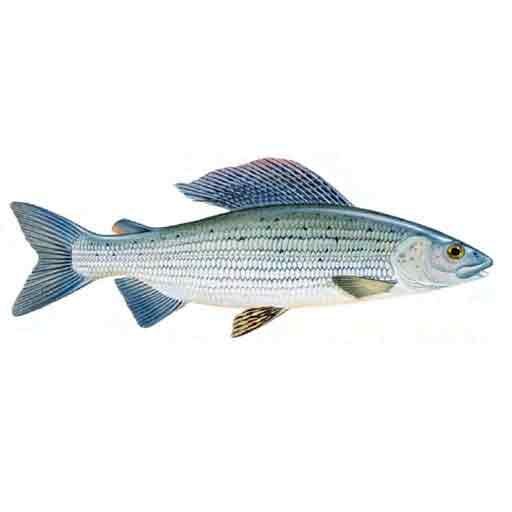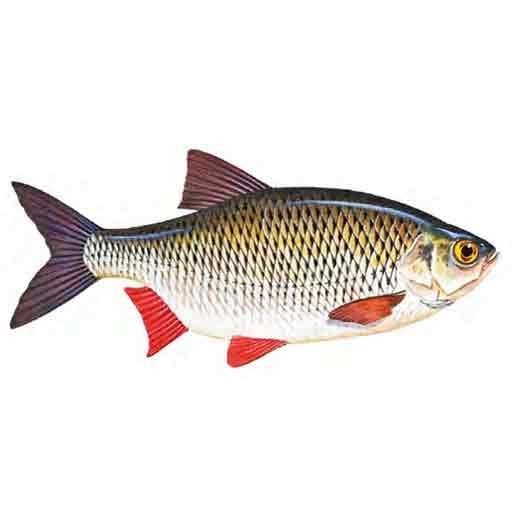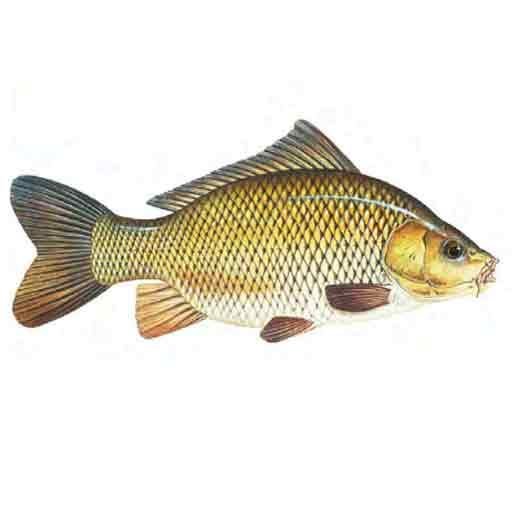Although the giant wels catfish is native only to eastern and central Europe, it has been introduced into a far wider area, including much of western Europe and Asia. It is among the largest freshwater fish in the world and is considered an exciting sporting challenge. The river Ebro in Spain is one of the most famous places to fish for this big catfish. The wels catfish has a body with no scales, a broad, blunt head, and six distinctive barbels around the mouth.
It is a voracious predator that will feed extensively on local fish populations, small mammals, and even waterfowl, and is most active at night. A specialized form of fishing that is sometimes used involves a helper taking lines with baits that are too large to be cast from the bank out into the river by boat. The baits are then anchored with light lines.
Powerful rods, reels, and lines are needed to subdue these huge fish. Various other catfish species are fished for throughout the world, especially in the USA, where the most popular species include the blue catfish (Ictalurus furcatus) and the channel catfish (Ictalurus punctatus).
